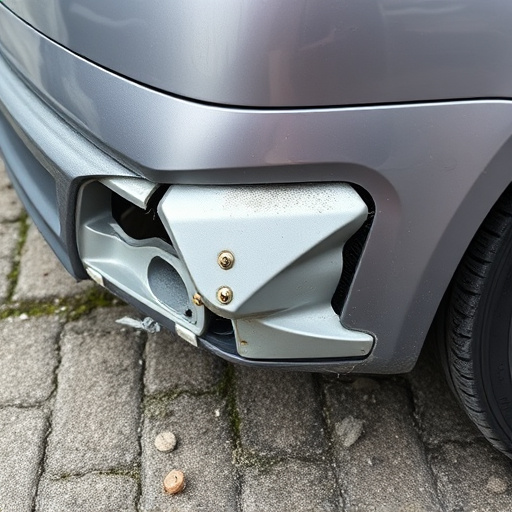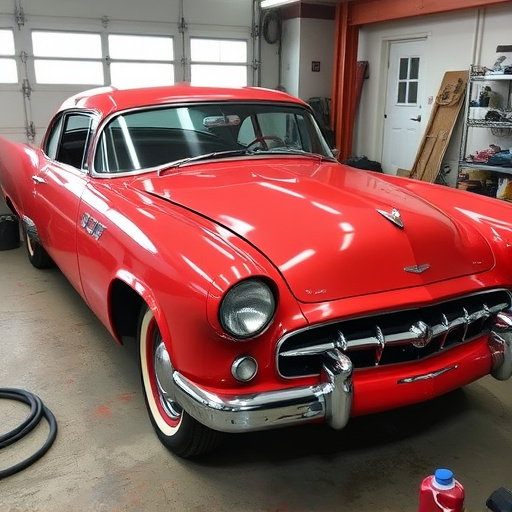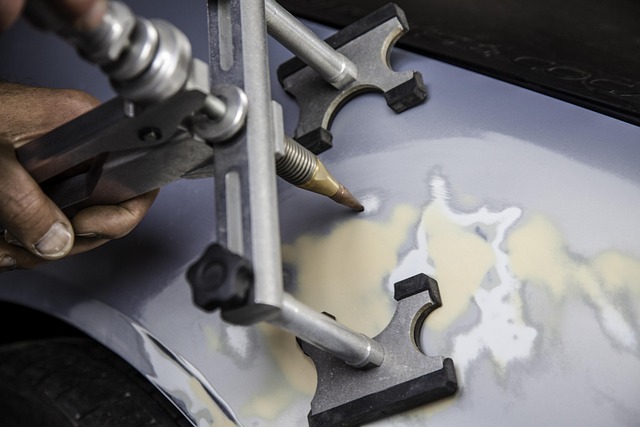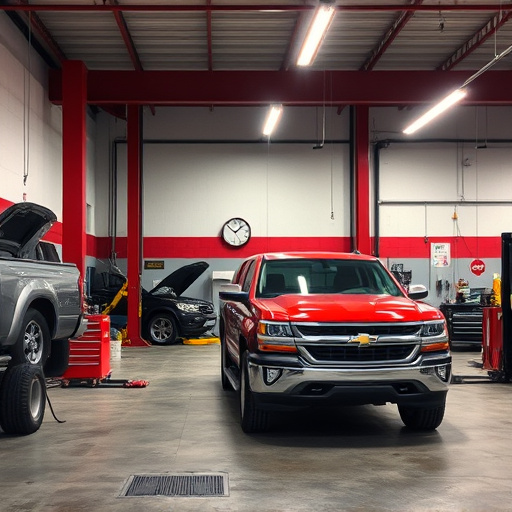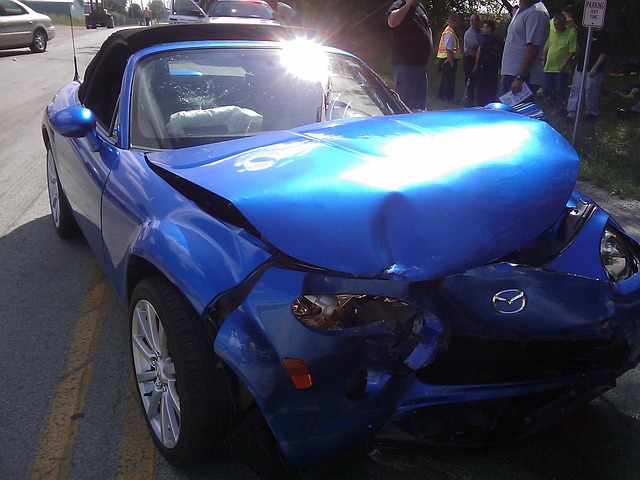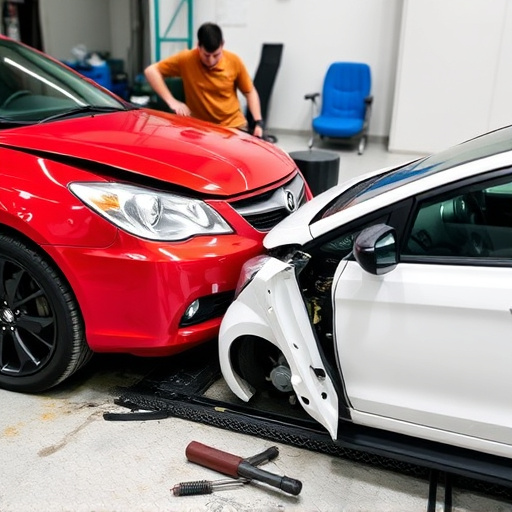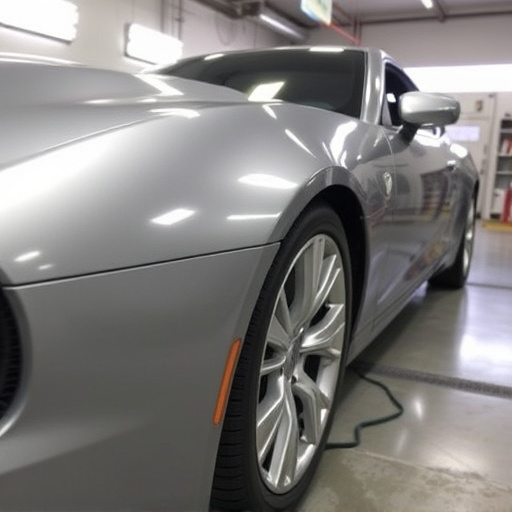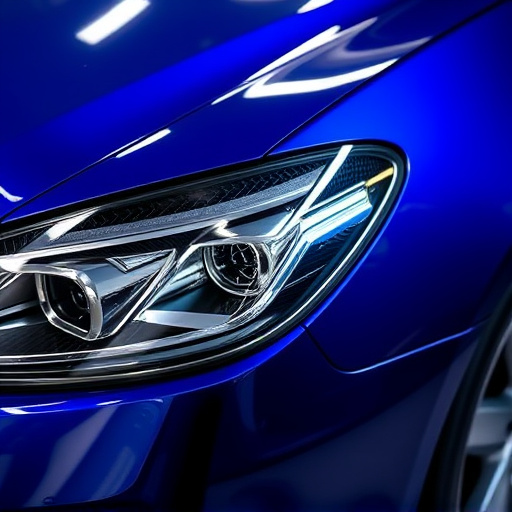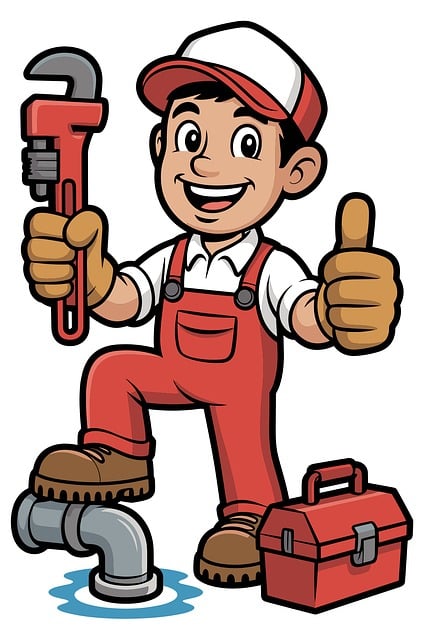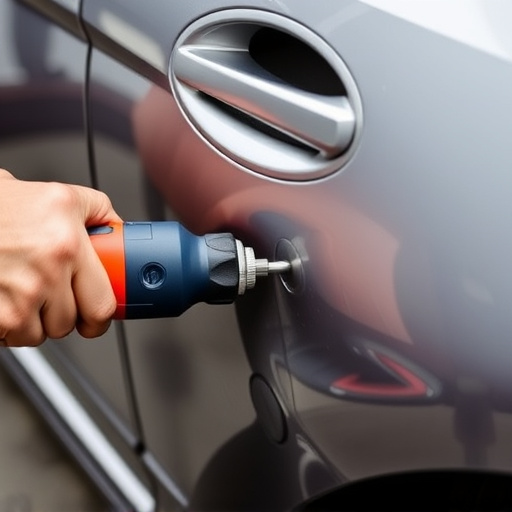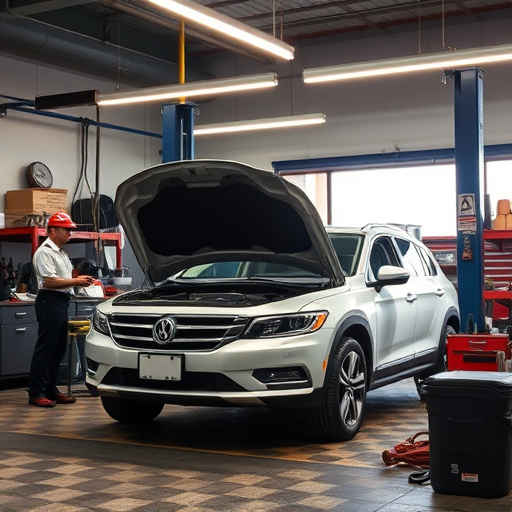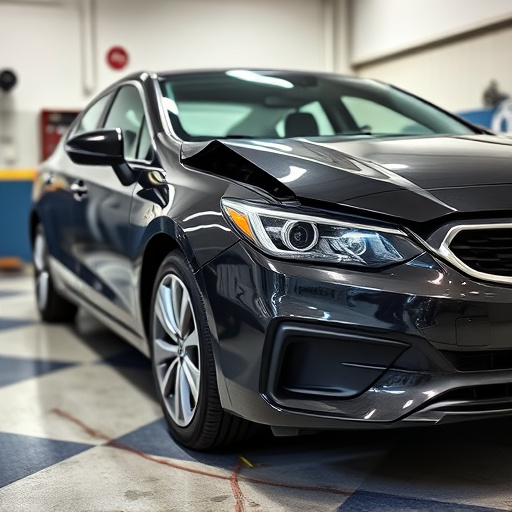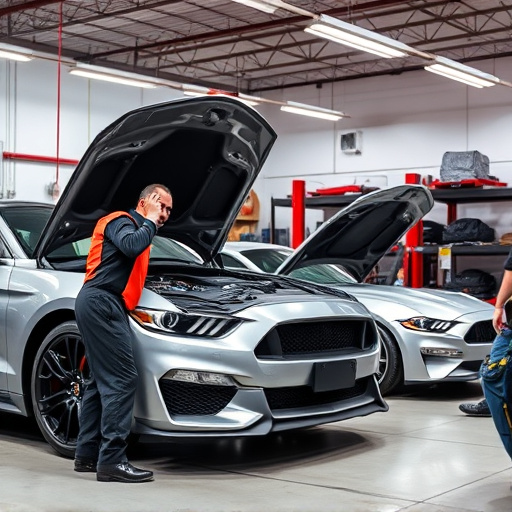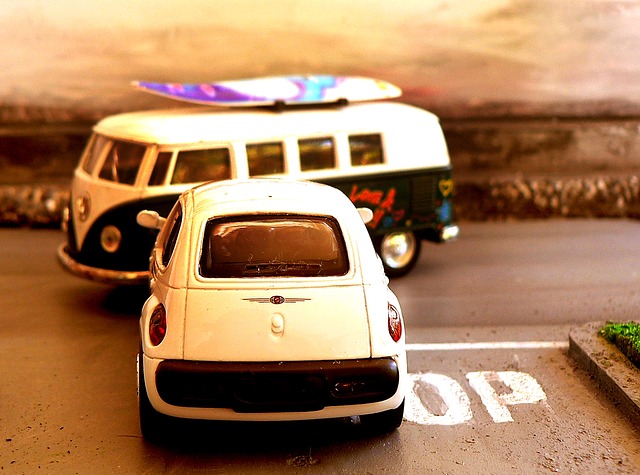Dog leg repair demands careful planning and safety precautions. Professionals and amateurs should assess skills, equipment, and training, prioritizing PPE, ventilation, and protocols. High-quality gear, specialized tools, and clean workspace are essential for reliable outcomes, preventing risks and suboptimal repairs. Safety measures for dog leg repair mirror those for fender work and auto glass replacement, emphasizing best practices and consultation when needed.
Performing dog leg repair, or any surgery on your canine companion, requires careful consideration of safety equipment and gear. This process involves intricate procedures demanding precision and protection against potential risks. Understanding these risks and equipping yourself with essential safety gear is paramount for a successful, complication-free procedure. This article guides you through the critical aspects of dog leg repair, from recognizing hazards to implementing best practices for your pet’s well-being.
- Understanding Dog Leg Repair Risks and Precautions
- Essential Safety Gear for Successful Leg Repairs
- Best Practices for Protecting Yourself During Dog Leg Repair
Understanding Dog Leg Repair Risks and Precautions
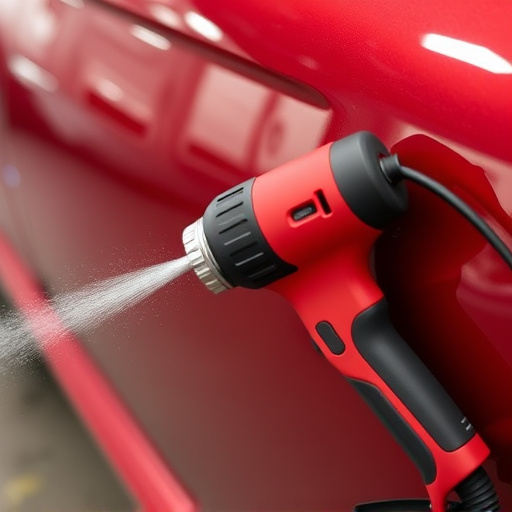
Carrying out a dog leg repair, or any structural vehicle body work, comes with inherent risks that must be taken seriously. It’s crucial to understand potential hazards such as metal fatigue, incorrect welding techniques, and misalignment, which can lead to further damage or compromise the safety of the vehicle. Before diving into any dog leg repair, both professionals and amateurs should assess their skills, equipment, and access to proper training.
Safety precautions are essential for anyone engaging in collision repair services, including dog leg repairs. This involves donning appropriate personal protective equipment (PPE), ensuring adequate ventilation, and adhering to strict safety protocols. Utilizing state-of-the-art equipment from reputable automotive body shop suppliers is vital to mitigate risks during the repair process. Remember, taking shortcuts or using subpar gear can result in suboptimal outcomes and unsafe vehicles on the road.
Essential Safety Gear for Successful Leg Repairs
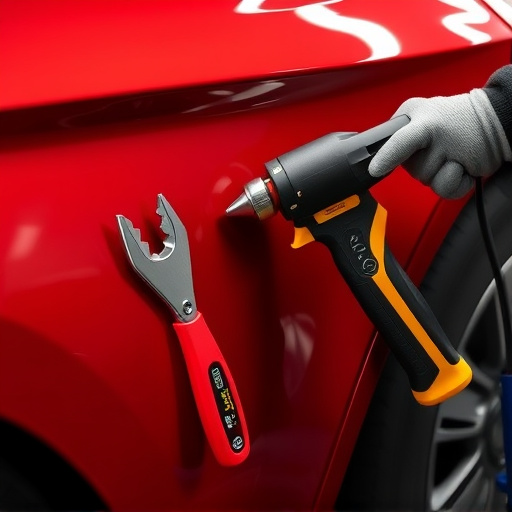
When undertaking dog leg repair, safety should always be the top priority. The right gear and equipment can make all the difference in ensuring a successful and secure fix. Essential items include high-quality gloves, safety glasses, and protective clothing to shield against debris and potential hazards. These basics are crucial for any DIY enthusiast or professional mechanic tackling car restoration or bumper repair tasks, as they protect against injuries and minimize risks during auto maintenance procedures.
Additionally, specialized tools designed for dog leg repair are indispensable. This may include a variety of wrenches, sockets, and pliers tailored to the specific components being repaired. Such precise tools enable effective disassembly and reassembly, guaranteeing a neat and secure finish. Incorporating these safety measures and equipment into your workflow is vital for achieving reliable outcomes in any auto maintenance endeavor, whether it’s a simple bumper repair or a comprehensive car restoration project.
Best Practices for Protecting Yourself During Dog Leg Repair
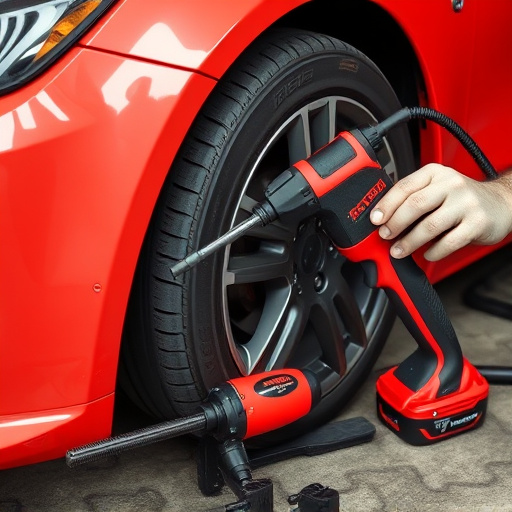
Engaging in dog leg repair can be a challenging task, but prioritizing safety is paramount. Before beginning any repair work, ensure you have the right equipment, including gloves, safety goggles, and a respirator mask. These protective gear are essential to shield you from potential hazards like sharp metal fragments, debris, and harmful chemicals used for corrosion removal.
Additionally, maintain a clean and organized workspace to minimize risks. Clear any obstacles from your path and secure loose items. When dealing with dog leg repair, remember that fender repair and auto glass replacement often involve similar safety considerations. Always follow best practices, stay alert, and never hesitate to seek guidance from professionals if needed.
Dog leg repair is a delicate process that requires careful navigation of potential risks. By understanding these hazards and equipping yourself with the right safety gear, you can ensure a successful and secure repair for your canine companion. Following best practices will safeguard both your well-being and your pet’s during this crucial procedure. Remember, proper precautions and preparation are key to achieving positive outcomes in dog leg repair.
